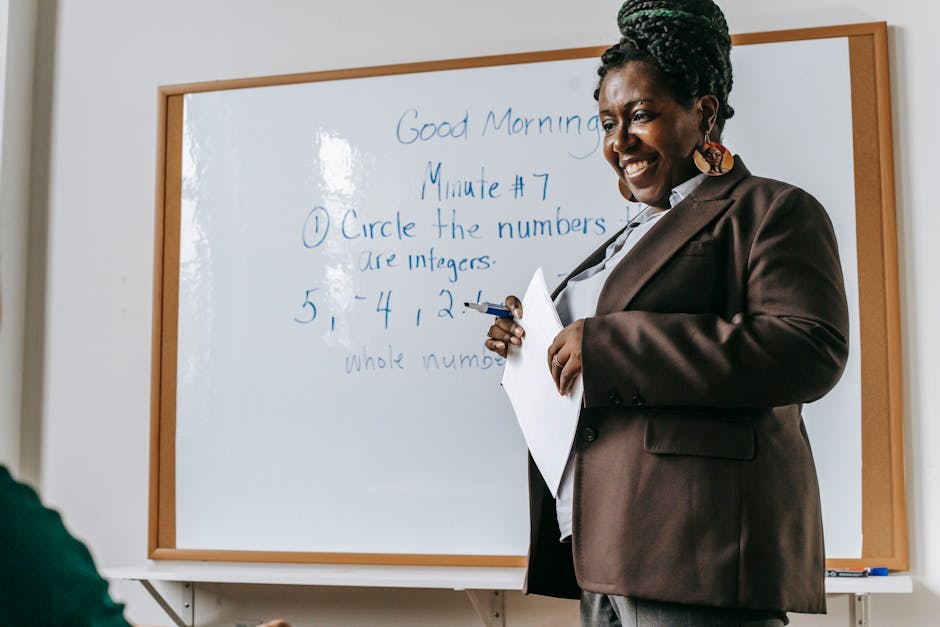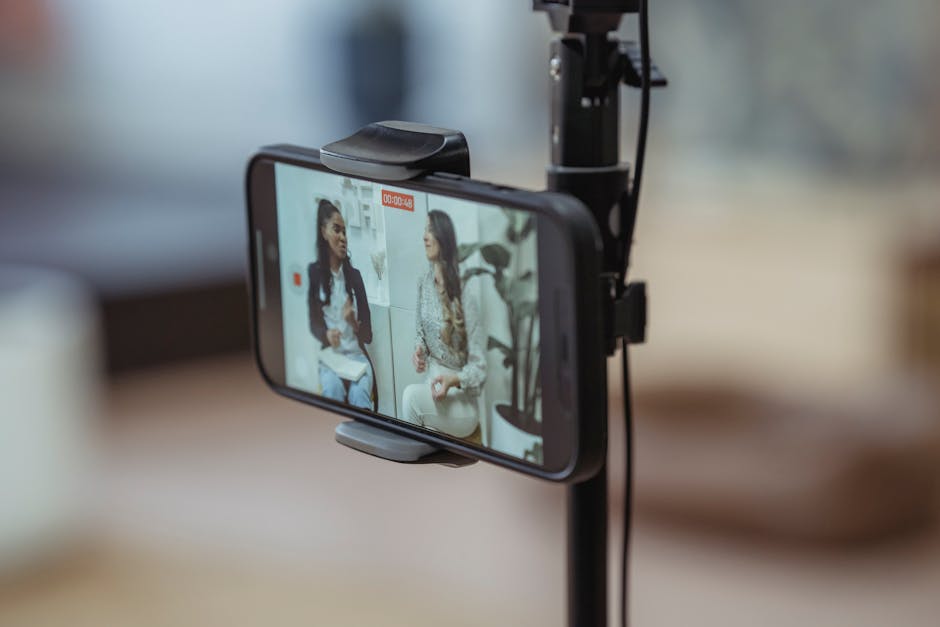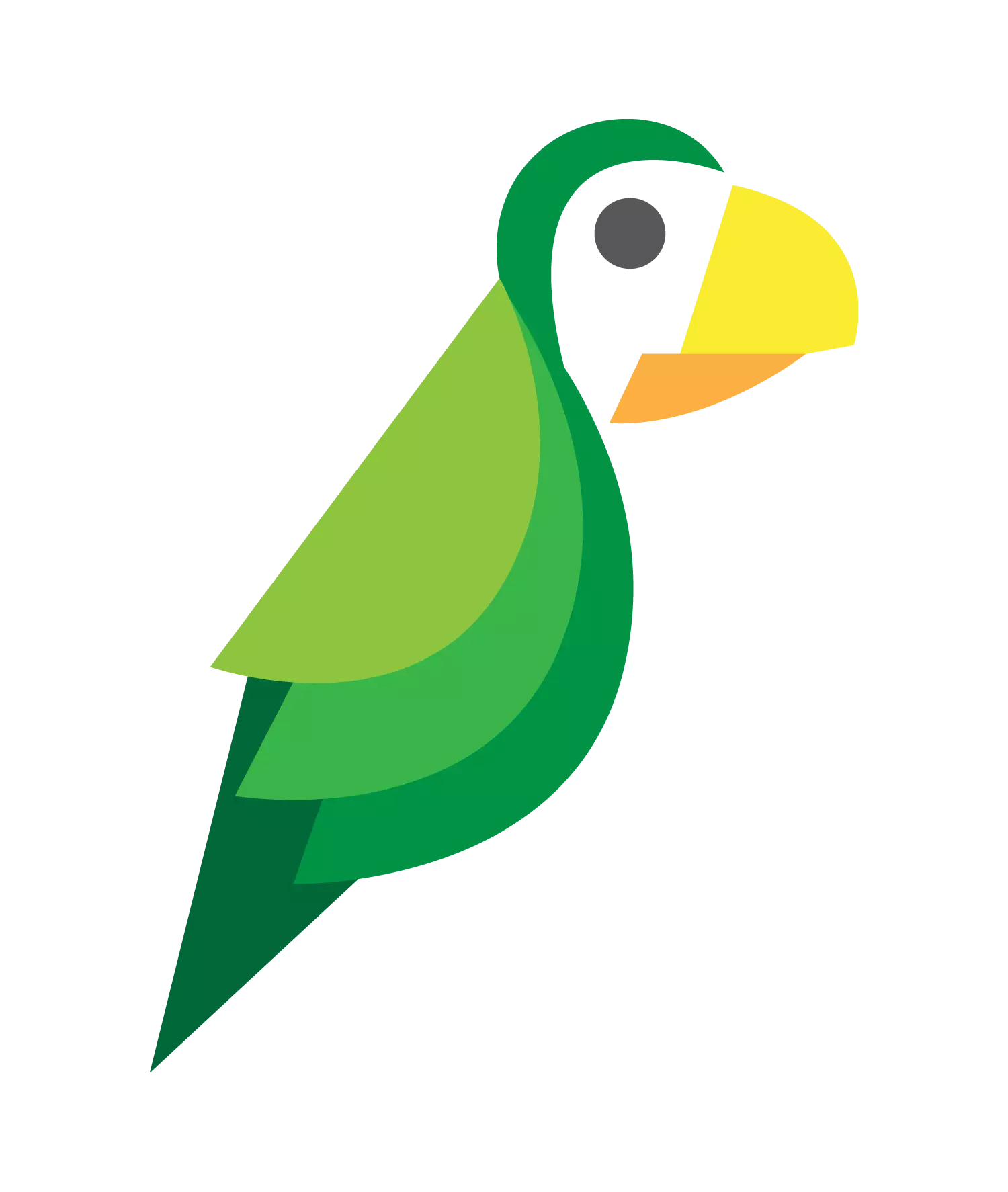As we mentioned before, content is king! If you are teaching someone new how to do something, your lesson plan should be filled with lessons and tutorials that teach them how to do it. Read on to learn more about maximizing the impact of your course content with storytelling.
However, what if I told you that most people don’t learn from this type of material?
I am referring to those “how-to” guides and manuals that contain lots of information but no story. No one cares about all of that knowledge unless there is someone else around to share it with.
We have a much deeper desire to help others than to collect more stuff. We are selfless beings at our core. When we’re helping someone else, we’re giving them praise for doing good things, which makes us feel better about ourselves.
As educators, we can leverage this quality by adding storytelling to our repertoire.
Storytellers go beyond telling stories for entertainment purposes – they use storytelling as a tool for communication, education, and motivation. They know what tools work best in certain situations, and they apply these strategies when crafting their narratives.
This article will talk about three different types of stories that can be used to effectively enhance educational content and some examples of each.
Tell a story about your favorite TV show

As we know, stories are one of the most powerful tools sets in life. They help us connect with other people, organize information, and motivate action.
Stories also make for great teaching material. When you teach someone something, it is helpful to use a narrative approach instead of just lists or facts and figures.
This is because humans learn more quickly through storytelling than by listening to explanations.
By telling a story that teaches an idea, you can easily convey the same knowledge and information as what the source content contained.
That’s why good fiction books remain popular even after being written many times over – the stories tell so well!
When students read your lesson plan accompanied by this article, they will get the same quality education the author received, plus all the added benefits of learning how to tell their own stories.
Invent a game that you would play

As we discussed before, stories are one of the most powerful tools in the world to connect with other people. Using storytelling as a teaching method is an ancient practice that has been used in many cultures across time. The Greeks were renowned for having some of the greatest storytellers who would perform feats like telling their own life stories!
Using stories to teach is not new, but this way of delivering content is becoming more popular now due to the rise of interactive education. Rather than just talking about something, show someone else how to do it or give examples through narratives. This is called narrative or example-based learning.
Tell a joke to maximize the impact of your course

A student was sitting at his desk trying to focus on studying for an exam when he heard someone laugh loudly next door. Curious, he looked out the window and saw that it was the teacher’s room next door where everyone knew there were always lots of laughs and jokes.
He leaned out the window to see if he could catch some of this humor but all he saw was space outside the classroom. Puzzled, he returned to his studies and tried to concentrate more on what he had learned before but it was no use; he kept thinking about how funny it would be if the professor left the building!
If you want your students to listen to you, tell them a story. In stories, we connect with other people through similarities. We understand others because we relate to them or feel like us in their experiences. Stories teach us something about who they are and why they think the way they do. They can motivate them to action or help them find solutions to problems.
Stories also play a big part in teaching. As teachers, we spend a lot of time telling our students things – lessons -we hope they will remember and apply to their lives. But we have little insight as to whether they were listened to and understood.
Your students will learn from you if you know how to tell a good story. You will need to be able to identify key components of a narrative, such as a protagonist, conflict, climax, and resolution.
Share a personal experience that teaches a lesson

Letting your students know your story is a powerful way to connect with them and get their attention. An example that comes to my mind happened last year when I taught an online course about productivity strategies.
One day, one of my students asked me what was my favorite thing about teaching digital education courses. My answer surprised her!
I like how open-ended my job is. I can teach anyone anywhere anything at any time. Plus, I get to use different tools and techniques for educating people, which are always changing.
At the end of the semester, she sent me an email telling me how much she learned from me and how helpful some of my lessons were in improving her efficiency as a student and person. Her warm comments made me feel good, giving me more motivation to keep sharing knowledge with others.
My student’s kind words reminded me of another student I had who emailed me after taking my same class. In his message, he told me how much he enjoyed my lesson because it made him think about the effects educational technology has on kids today. That’s the impact of your course!
That kid you see walking down the street every morning watching a smartphone screen? He or she may not even realize it, but they’re seeing part of your classroom video content.
By using storytelling as a pedagogical tool, you can inspire learners by bringing out their inner learners.
Tell stories about your favorite movie and book to maximize the impact of your course

As we know, education should be motivating and inspiring to learn. What kind of lessons motivate you to put effort into learning? Stories are one powerful tool that can help teach people of all ages.
Stories convey messages more effectively than facts alone due to two important factors. First, stories use narrative which is structured talking points with events and descriptions. Narratives easily hook our brains because they tell a story that feels familiar to us.
Second, stories appeal to our emotions – whether it’s through fear or laughter, we are instinctively drawn to them.
When educators find their lesson plan drowning in piles of information, they may need a quick reminder of what motivated them to study before. A good example comes from someone who learned something very valuable at a young age: a story.
Try doing a podcast to maximize the impact of your course

Almost every successful online business has its own story – what happened when they decided to start theirs, how they built it up until it was running smoothly, and then what made them switch to another course or plan.
What is the most common element in all these stories? They all have an interesting narrative!
That’s why having a podcast is such a powerful tool for you as an instructor. A well-told tale can get your students listening, and even more importantly, reading.
Here are some tips to tell a compelling lesson story through a podcast.
Topic and bullet point introductions and conclusions
Start by choosing a topic that sparks someone’s interest. An academic topic like “How to Increase Student Attendance at Class Sessions” may not grab many listeners.
Choose a topic that applies to everyone, something like “The Best Ways To Improve Your Study Skills.” Or maybe “Why Students Give Up On Studying And Learning How To Effectively Use Time Productively.”
Then, develop a conclusion that addresses the main point of the episode. For the first example above, it could be “Learning new skills is fun and helps you grow” or “Knowing how to improve your study skills is a valuable life skill.”
A good lead voice actor will keep the listener intrigued and interested while also imparting knowledge and lessons.
Record and share a YouTube video to maximize the impact of your course

Starting your lesson with a short movie or clip can help students connect with the content. Many instructors use teaching stories to illustrate concepts in their courses.
A teaching story is when an instructor takes you through his or her life experiences, using them as examples of how to approach certain situations. A great way to use this concept in education is by telling students stories.
Students will learn more from you if you can relate to them and tell them about yourself — something that many professors struggle with.
By telling stories, you give people inspiration and motivation to do similar things. When someone wants to know what to do next, look at what other people have done!
Your students will also feel more connected to you if you share your struggles and triumphs with them.
There are several ways to include storytelling in your lessons.
Create a blog post based on this topic

Writing is a medium that allows you to tell stories, express yourself, and influence others. A well-written article or essay can keep your readers interested and coming back for more by incorporating storytelling into the material.
You can use the story in different ways during the teaching process to get your points across. For example, instead of talking about one concept over and over again, you can apply the concepts to something real using stories and examples.
This way, your students will understand the concepts better as they relate to things they know already and are familiar with from past lessons. You can also use stories to motivate other people to do their jobs, such as encouraging colleagues to put in extra effort at work.
Your colleagues may be too busy or not motivated enough to perform their job properly, so it is your responsibility to promote teamwork and motivate them. Using stories is a nice trick to achieve this, it goes a long way in maximizing the impact of your course.

